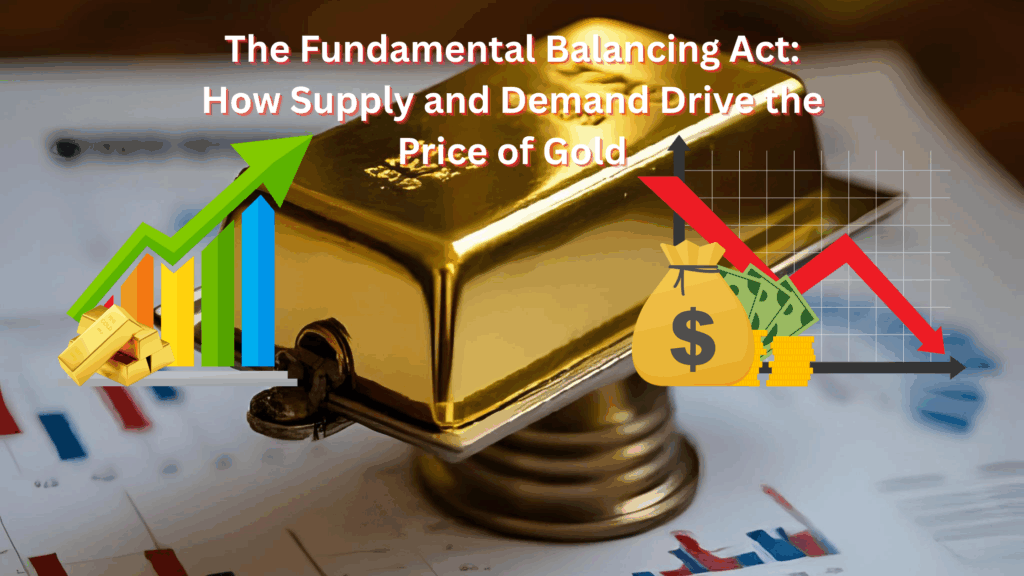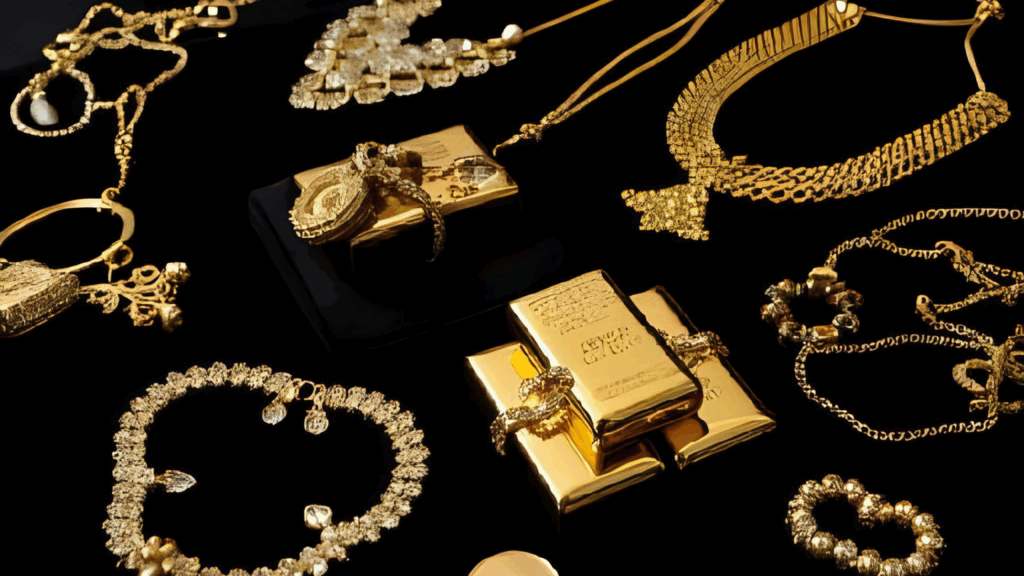
In the world of economics, few principles are more fundamental than supply and demand. For a commodity as unique and valuable as gold, this basic concept holds immense power, acting as the primary engine behind its fluctuating price. While other factors like interest rates and geopolitical events play a role, they often do so by influencing one of these two key components.
Understanding the balance between gold’s supply and its various sources of demand is essential to grasping why its price rises or falls.

The Supply Side: A Finite Resource
The global supply of gold is relatively stable and comes from a few primary sources. The most significant is mining production. Gold is a finite resource, and extracting it from the earth is a costly, time-intensive process. Major gold-producing countries like China, Australia, Russia, and the United States contribute the bulk of the world’s newly mined gold. The supply from this source is predictable but can be influenced by new discoveries, technological advancements in extraction, or even environmental regulations.
Another crucial source of supply is recycled gold. This comes from melting down old jewelry, electronics, and other gold products. In a high-price environment, more people are incentivized to sell their old gold, which can increase the overall supply entering the market. Finally, central banks can act as a supply source when they choose to sell from their national reserves, though this is a less common occurrence today.

The Demand Side: The Many Faces of Gold
Unlike supply, the demand for gold is multifaceted and can be highly volatile. It comes from four main sectors, each with its own motivations:
- Jewelry and Adornment: This is historically the largest source of demand. In many cultures, particularly in Asia, gold is deeply woven into tradition, serving as a key element in weddings, festivals, and as a symbol of prosperity. Demand from this sector is often seasonal and can be sensitive to price. When prices are high, consumers may buy less; when prices are low, they may buy more.
- Investment: This is the most dynamic and influential source of demand. Investors seek gold as a “safe haven” asset, especially during periods of economic uncertainty, high inflation, or geopolitical instability. Demand in this sector can manifest in various forms, including:
- Physical Bullion: The purchase of gold bars and coins.
- Gold-Backed ETFs (Exchange-Traded Funds): A way for investors to gain exposure to gold without holding the physical metal.
- Derivatives: A way to bet on the future price of gold without actually buying the physical metal.
- Industrial and Technological Use: Gold’s properties, such as its excellent conductivity and resistance to corrosion, make it vital for technology. It is used in everything from computers and smartphones to medical equipment and aerospace components. This demand is more consistent than the others and less influenced by short-term price fluctuations.
- Central Banks: In recent years, central banks have become net buyers of gold. They hold gold as part of their foreign reserves to diversify away from other currencies and as a hedge against global financial risks. Their large-scale purchases and sales can have a significant impact on market sentiment and prices.

The Balancing Act: Where the Price is Made
When more people want to buy gold than there is gold available, the price goes up. On the other hand, if there’s more gold for sale than buyers, the price will drop. For the price to stay steady, the forces of supply and demand must be in balance.
Think of it like a seesaw. The supply side is on one end, and the demand side is on the other. For the price to be stable, the forces must be in balance. When one side becomes heavier, the price must adjust to find a new equilibrium. Understanding this fundamental balancing act is the first step to understanding the complex, captivating world of gold markets.
Ready to Navigate the Gold Market?
Whether you’re looking to start your collection of beautiful Japan gold jewelry or are interested in the best value for your gold assets, understanding these market forces is key. At RT Kataoka, we are experts in both buying and selling gold. Visit our shop to find a piece that speaks to you, or contact us today for a professional appraisal and to get a fair price for your gold. Let us help you unlock the true value of your gold.